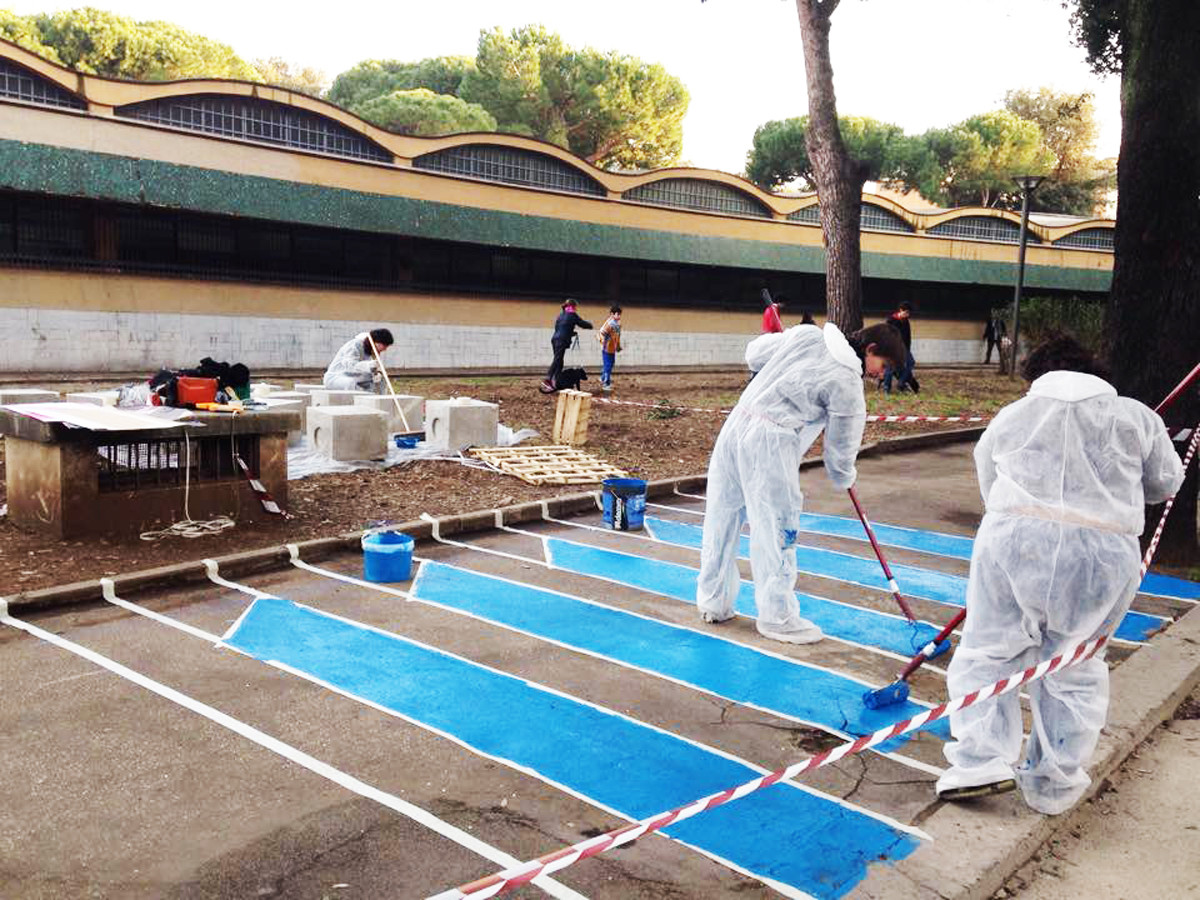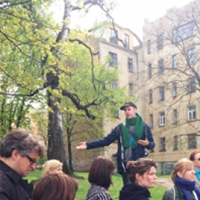A project that aims at introducing the method of temporary use in urban regeneration process of cities.
Temporary use is a planning tool effectively bringing together various stakeholders: it engages an important number of municipal and private economic development agencies and property owners, as well as cultural organisations, to elaborate potential uses of existing infrastructure and resources. In the meanwhile, architects (and landscape architects, designers) also play a key role in the development of models for interim use and in the establishment of temporary spatial possibilities. Transforming empty properties to allow them adopt new uses offers advantages to all: owners profit with the renovation and preservation of the building, users access affordable work and living spaces, residents enjoy their revitalised neighbourhoods, merchants benefit increasing traffic and sales, and the design professions gain new work opportunities and expanded professional perspectives.
Temporary Use as a Tool for Urban Regeneration
TUTUR is a European project funded within the URBACT program that aims at developing a normative tool that allows and incentives temporary use of abandoned or underused properties, improving the bureaucratic processes and opening up to new models of experimentation. The project involved the City of Rome and Alba Iulia based on the experience of the City of Bremen that developed a temporary use agency ZwischenZeitZentrale.




